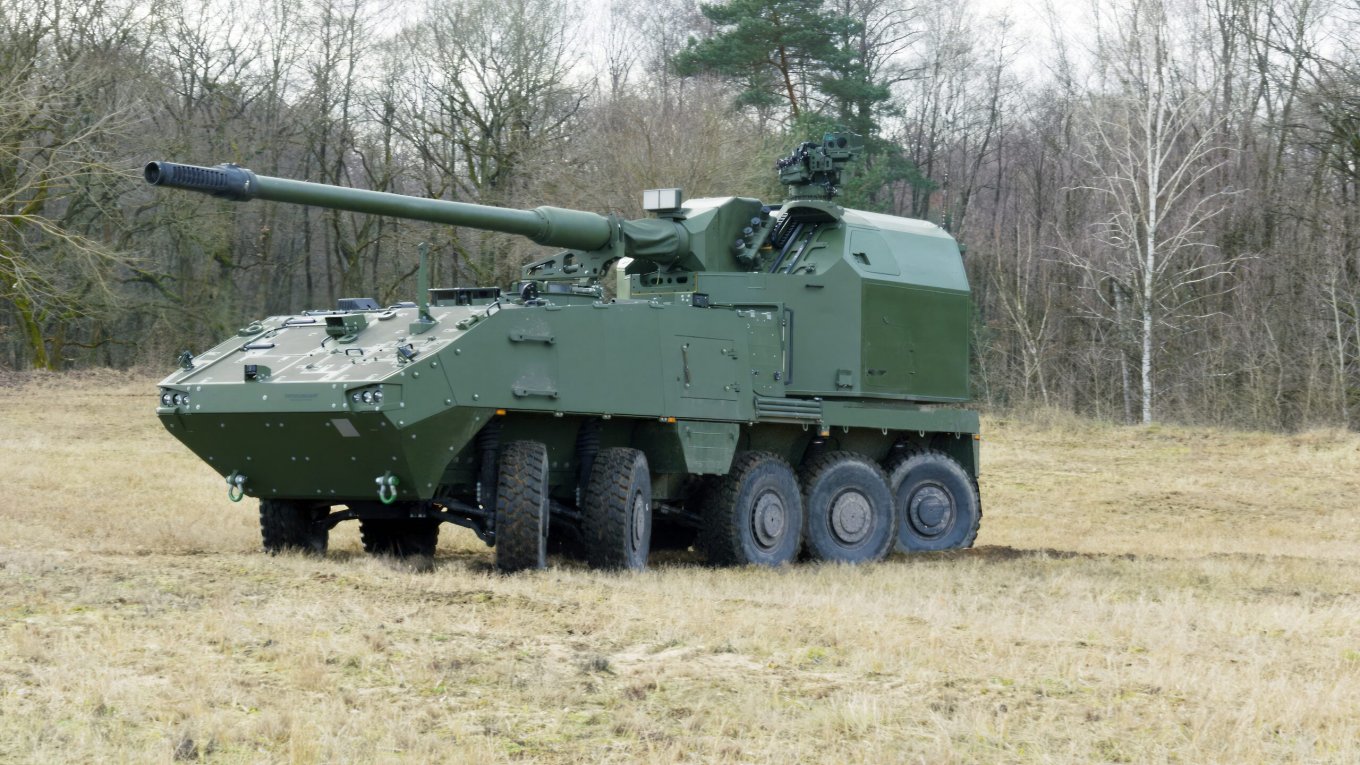The Swiss Armed Forces are set to receive a new wheeled self-propelled howitzer - the German RCH 155 from KNDS, which will be mounted on the Piranha IV chassis featuring a unique 10x10 wheel configuration from MOWAG.
This decision was made as part of a five-year project, of which two years were dedicated to the competitive evaluation of only two prototypes. The Swedish Archer from BAE Systems Bofors was the competitor to the Germans.

During real-world tests conducted in Switzerland, the operation of the self-propelled howitzer (SPH) was assessed under the country's climatic and geographical conditions, taking into account the specifics of the roadways. The tests involved not only professional military personnel but also reservists, which evidently aimed to demonstrate the system's ease of operation. Meanwhile, fire tests were conducted outside of Switzerland.
This final decision was announced by the Swiss Federal Agency for Armaments, Armasuisse. However, this does not yet mean a contract will be signed, as the agency will only submit a request to parliament for funding the procurement in 2025.

Overall, based on preliminary plans, the new self-propelled howitzers are expected to be in service no earlier than the early 2030s. This implies that the American M109s, the first of which were purchased in 1968 and last modernized in 2012, will have served for about 60 years.
Regarding the number of RCH 155 units that may be ordered, Armasuisse remains tight-lipped on this matter. However, it is worth noting that there are currently 133 M109 SPHs in service with the Swiss forces, and the country could reasonably afford a 1:1 replacement ratio. Nonetheless, considering the price of one RCH 155 on an 8x8 Boxer chassis at 12 million euros, specifically for orders intended for Ukraine, this would imply a need for 1.6 billion euros for such a procurement.

Overall, Switzerland's choice is intriguing for several reasons. Firstly, the competitors in the form of RCH 155 and Archer represent modern automated self-propelled howitzers with a crew of 2-3 personnel. The reasons for selection likely did not hinge on parameters such as range and accuracy, as both SPHs feature the same barrel length of 52 calibers and have digital fire control systems.
Secondly, the choice of a truly unique 10x10 chassis, designed for a payload of up to 17 tons with a total combat weight of up to 40 tons, is noteworthy. It should be emphasized that despite its size, the chassis is quite maneuverable due to the fact that axles 1, 2, 4, and 5 can pivot, resulting in a turning radius of less than 18 meters for a vehicle that is 9.1 meters long.